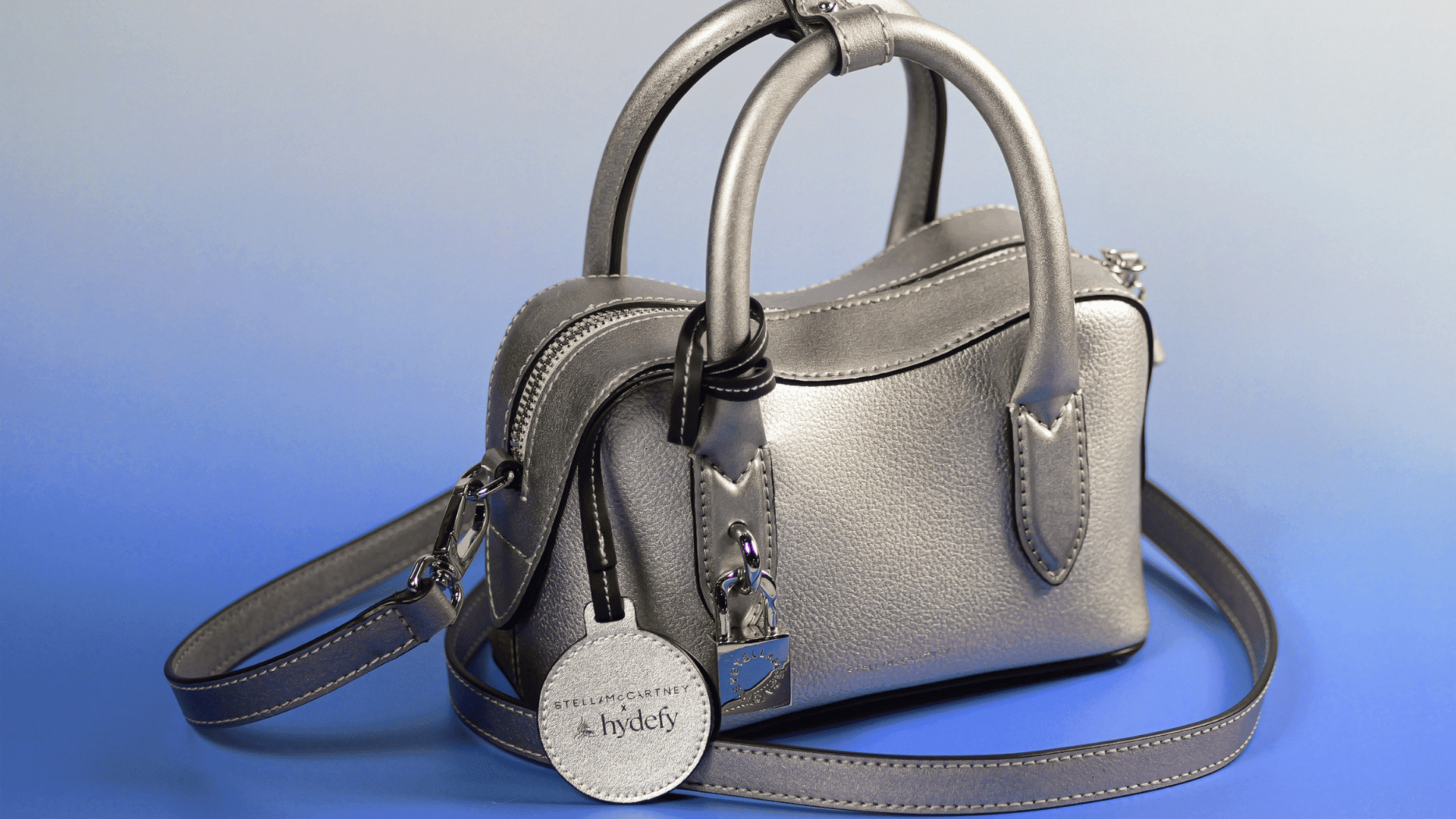An essential for any hiking aficionado is a high-quality set of hiking boots, but have you wondered how they’re able to withstand every harsh condition in nature from stones to storms? The first step in making hiking boots is for a designer to draw up a style that will be comfortable for the wearer, durable, supportive, and look fashionable. Once the design has been approved, the production will begin. In production, a designer will start by choosing the correct material for the boot. Leather can be a great choice for its strength, but each skin is different so selecting the right one to fulfill the purposes of the boot is essential.

Once the materials have been selected, a tailor will begin to cut out the shapes in the material that will be used to construct the boot. For hiking boots in particular, a combination of materials will create a boot that has both breathability and a weatherproof shell.
Inside the hiking boot’s tongue is a breathing system that involves steam being collected in the boot’s tongue as the action of walking pumps it out through tiny holes on its surface. This works because the water molecules are 20,000 times bigger than the tiny air holes. The material used to create this unique system is typically gore-tex, which is thoroughly tested in the production process to make sure that it’s watertight.

Next, rivets and hooks for the laces of the hiking boots are fitted with a custom press. An internal support for the shoe, which allows it to be more comfortable to walk on, is cut and fitted into the mold of the boot. Then a robotic device clamps the upper into the shape of the human foot and holds it. The lower portion of the boot is then attached by the machine. A thick layer of glue is added to the bottom of the shoe to help waterproof and seal it. A second layer of glue is added for extra protection.
The hiking boots are sent to a heating tunnel to allow everything to seal together properly. Then a rubber layer is added to the bottom of the shoe. The final step is to attach the sole, polish the rubber on the boots, add a layer of leather protection and lace up the boots. Then the boots are ready to go from the manufacturer to the mountains!







